Machines to use in cattle slaughterhouses
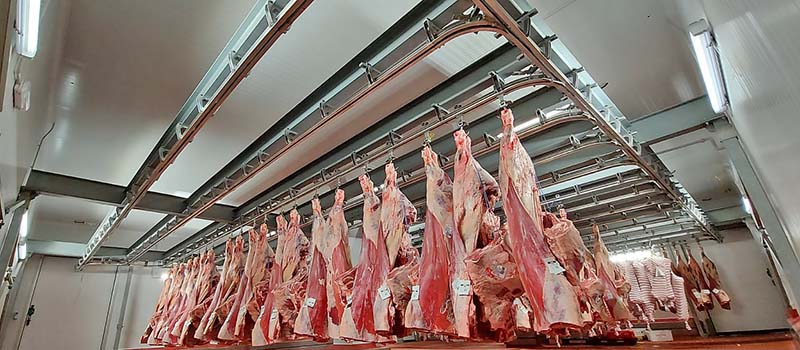
Automation within cattle the slaughterhouses is the key to all the processes of production.
The machinery within cattle slaughterhouses must be robust and resistant, due to the size of the animals that get inside these facilities. The volume of the carcasses might suppose a drawback of handling this kind of animal once they enter the slaughterhouse. This disadvantage can become an advantage with a durable machinery. Therefore the priority must be to count with flawless equipment that can bear the weight of the production. For this matter, manufacturers of this type of structure and machinery must have in mind using appropiate materials and designs in it: from stunning equipment, to the trolleys used to move the carcasses.
As one of the most experience manufacturers, Mecanova develepops equipment for its clients, adapting to the needs of their production lines. In the case of cattle slaughterhouse, the machines are developed according the volume of the production, or perhaps, if the sacrifice is going to be carries out by ritual, among other factors, always compliying the Animal Welfare regulation.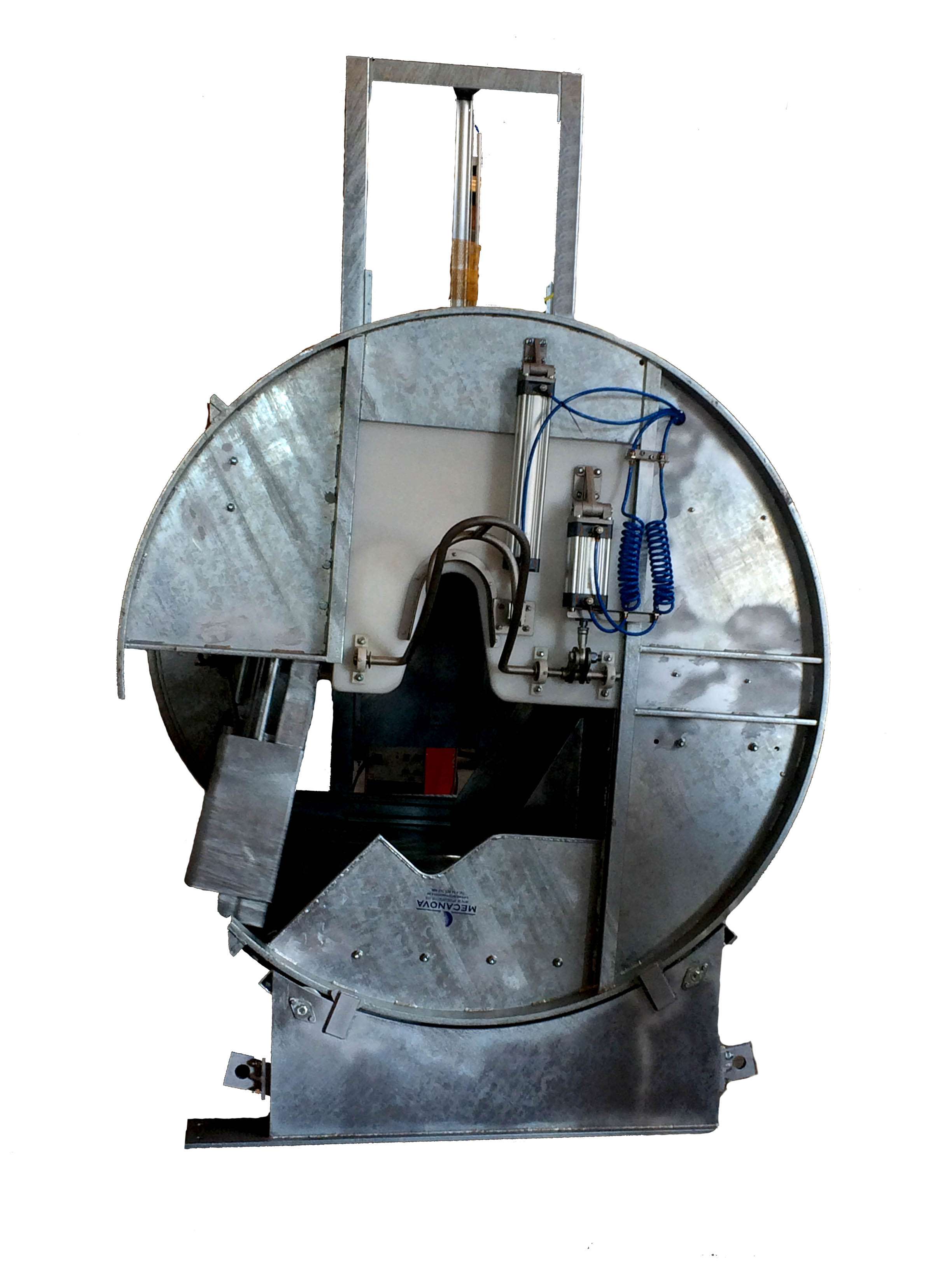
Stunning
For the stunning phase, the stunning box is the base to carry out the slaughter. A good stunning equipment needs the stunning box to have all the guarantees so the operations can be performed rapid and efficiently, in order to avoid the animal suffering, while optimizing the production. As now the regulations compel the head entrapment to avoid suffering, Mecanova has developed its own entrapment system, besides providing a pushing system for a better access for the animal, avoiding any complication during the operation.
If the sacrifice must be carried out by rite Halal or Kosher, Mecanova also manufacturers the Ritual Box, with a rotary and pushing system to perfectionate the process, having a capacity of between 35 and 50 cattle per hour, and it is designed for high production slaughterhouses.
Once the stunning has been performed and after lifting the carcass, the bleeding will be colected by a bleeding tank with peristaltic pump.
Transfer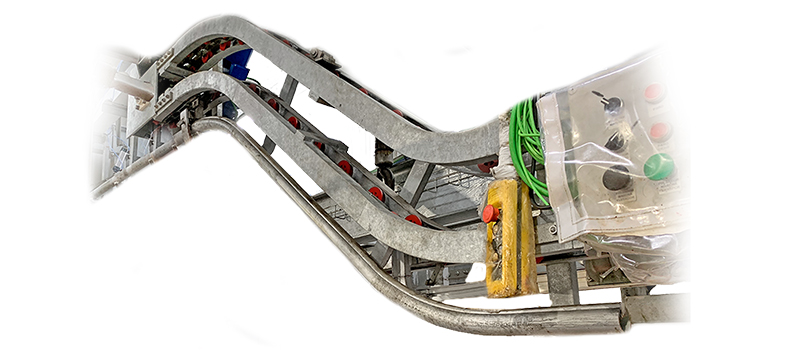
After the bleeding, the carcass must be prepared for dressing and dehiding, and that is why every producer must ensure an automated and resistant structure in their instalations. For this, there are transfer systems that allows automating all the process, supported by several work platforms to perform the work of initial cuts and carcass revisions.
dehiding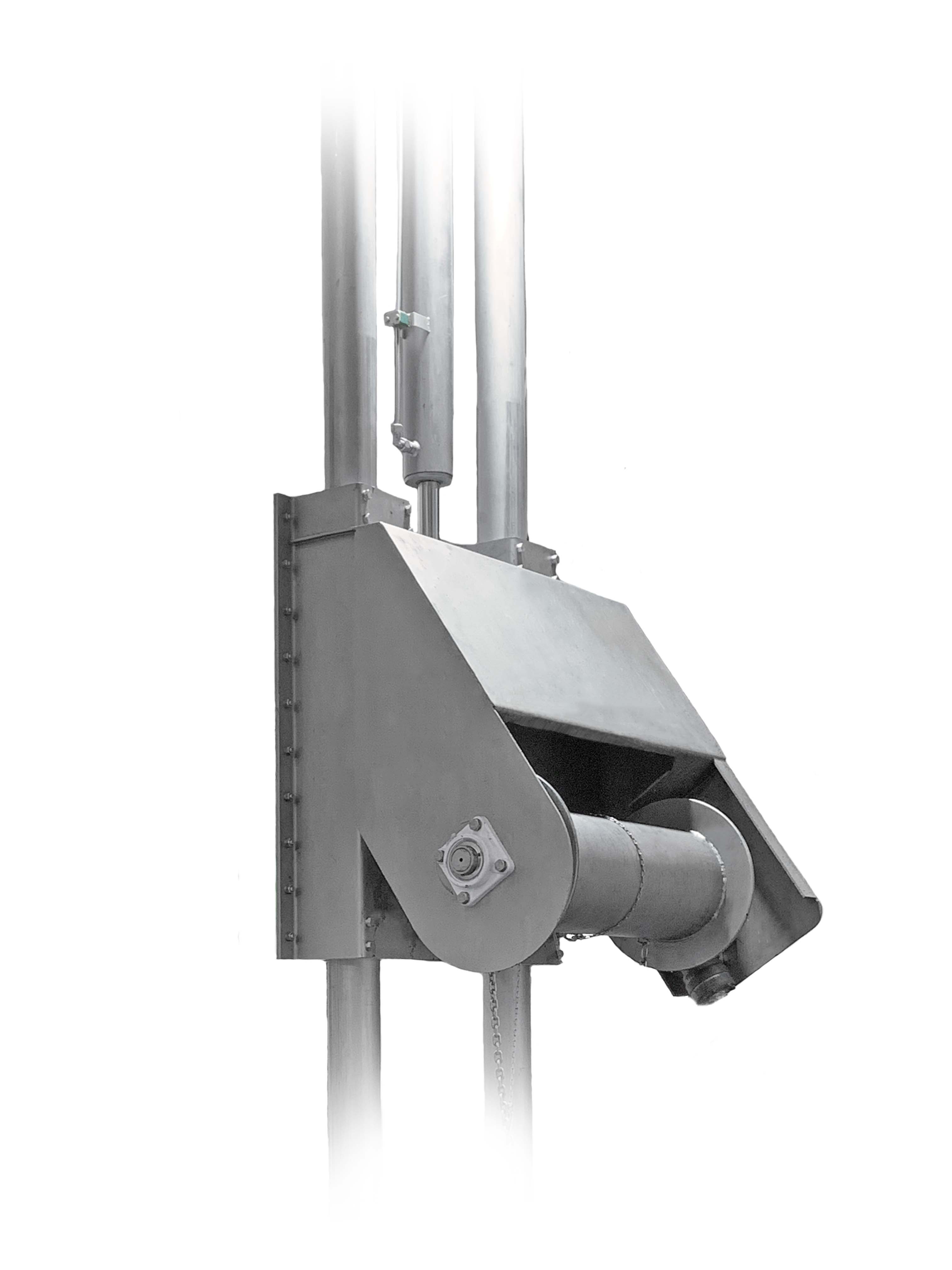
The work of dehiding is specially important when it comes to remove the skin, as this must not be damages or lose quality for the futures uses that might have. Therefore, it is needed a robust and accurate machinery that perform the process in once, and that also adapts to the volume of the carcass and the needs of the production. In our catalogue, Mecanova has three models of cattle dehiding, depending of the production: V30, V40 and V70. For the work of dehiding, it is important the incorporation of a pneumatic platform for deghiding, so the operators work can be performed in a more accurate and ergonomic way.
Dressing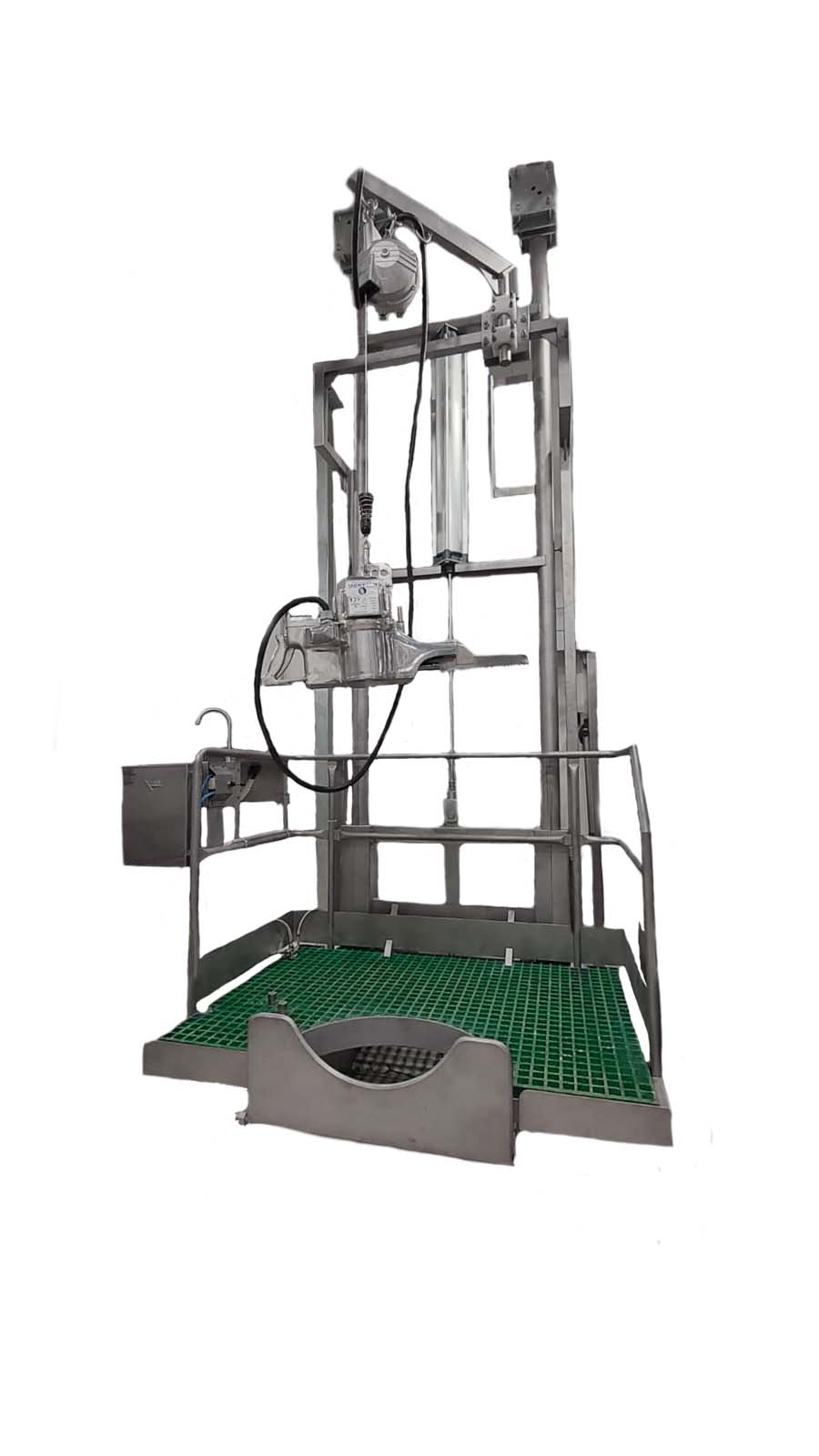
The dressing in a cattle slaughterhouse is a phase that requires machinery that allows the dehiding tasks to be carried out cleanly and also eviscerating, cutting and cleaning. The base of this process must be a robust dressing conveyor to move the carcasses around the different work stations. Some of these work stations are pneumatic platforms for cutting and white guts platforms, which incorporates a bucket on the base to deposit all the guts that end up in the guts belt conveyor, for its subsequent evacuation. For the guts inspection, a red guts conveyor is used to the transport of the usable guts to the correspondent veterinary inspection.
From here, and once the cutting has been carried out, the carcasses will be stored in refrigeration chambers to go to the cutting rooms, the next step for the preparation of the beef.




